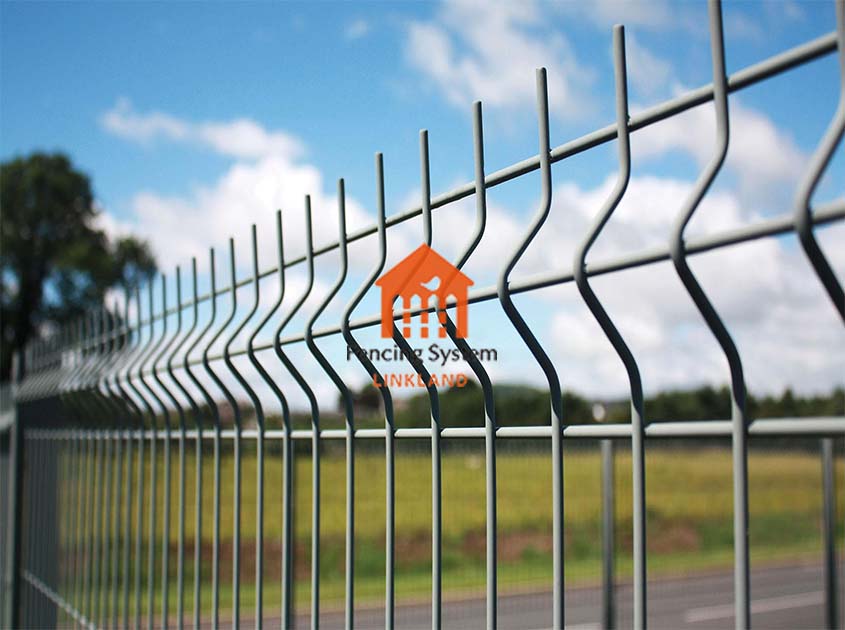Custom 3D fence is a personalized choice, which can achieve better security protection and aesthetics. However, choosing the correct size is one of the important factors in customizing a 3D fence. Here are four key points for customizing your 3D fence size guide.

accurate measurement
The first step in customizing a 3D fence is to accurately measure the area that needs to be covered. This ensures that the fence is the desired length and height and will provide the required security protection. During the measurement process, it is necessary to pay attention to factors such as the terrain and the slope of the ground to ensure that the fence fits the ground when it is installed.

Consider the purpose of use
Choosing the correct 3D fence size should also take into account the purpose of use. For example, if the fence is used to protect children and pets, it is necessary to choose a fence of the appropriate height. If the fence is used in a commercial location, it is necessary to choose the height and length that meet the regulations to ensure that safety standards are met.

Choose the right column
Choosing the right post is also one of the key factors in customizing your 3D fence size guide. The height and diameter of the post should match the height and length of the fence to ensure the stability and reliability of the fence. Choosing the right post can also ensure the aesthetics of the fence and the consistency of the overall style.
communicate with the manufacturer
Communicating with the manufacturer is also an important step when ordering a 3D fence. Manufacturers can provide professional advice and guidance to ensure the correct size is chosen. They can provide you with samples and drawings so that you can better understand the size and appearance of the fence.
Pre:Customizing 3D fence: A Guide to Selecting Mesh Sizes
Next:Understanding the Mechanics of 3D fence Systems: Structural Design and Stability